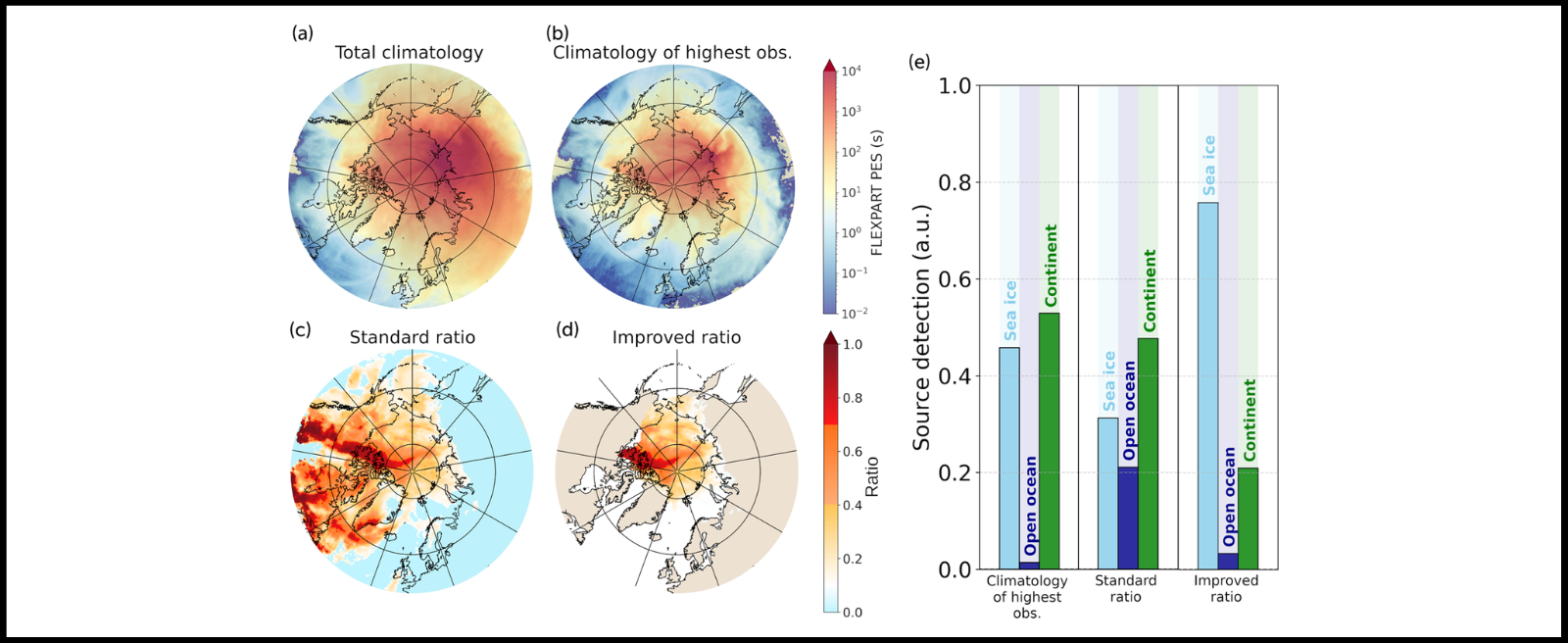Tracing the origins of particles in polar regions
Understanding the origins of particles and trace gases in rapidly changing polar climates is crucial for accurate climate models, especially regarding how these particles interact with clouds.
Since direct measurements in these remote regions are difficult and expensive, scientists often use ‘backward modeling’ to trace atmospheric compounds back to their sources. However, the reliability of these methods has been uncertain.
A recent study by Anderson Da Silva et al. revealed that traditional backward modeling, even with more advanced analyses, frequently misidentifies emission sources. In response, the researchers developed and rigorously tested an updated backward-modeling protocol.
This improved method was successfully validated using real aerosol data from Arctic campaigns, accurately identifying known sources of substances like methane sulfonic acid and black carbon. The findings highlight the unreliability of conventional methods and strongly recommend the adoption of this new, more accurate protocol for future investigations into the origins of atmospheric species.

